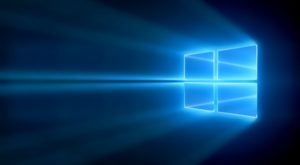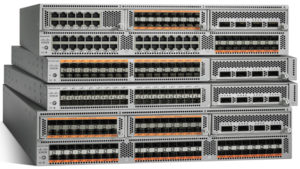
Overview
That’s right – another part of this fun MD-100 series is available. This part has some super-cool Hands-On Labs that allow you to practice and experiment with multiple Windows 10 machines in our own safe and sandboxed Cloud-based lab environment. No more getting yelled at for breaking a company workstation trying some new Windows 10 features!
Course Details
Here are the Nugget titles for you in this skills-based training:
Microsoft Windows 10: Connecting Devices
- Configure Client IP Settings
- Configure Mobile Networking
- Configuring the VPN Client
- Troubleshooting Networking
- Configuring WiFi Profiles
- Configuring Remote Assistance and Quick Assist
- Configure Remote Desktop Access
- Enable PowerShell Remoting
Hands-On Labs for MD-100
6 of your 8 Nuggets contain accompanying Hands-On Lab exercises. These permit you to watch me make configurations and then try these for yourself on real Windows 10 systems. After performing the skills demonstrated in the Nugget, you can re-launch your lab environment and experiment with your own variations of the technology configurations! Remember, you cannot break anything, so be sure to have fun!
For the two Nuggets without Hands-On Labs, you will watch Anthony Sequeira perform detailed demonstrations of the following:
- Configure Mobile Networking – watch as Anthony configures the Cellular Networking feature of a new Windows 10 Galaxy Book 2. This nifty little Microsoft Surface Go competitor is a slick little machine.
- Configuring WiFi Profiles – watch your instructor configure key parameters of Windows 10 to ensure that WiFi connectivity works just the way you want it to.
The MD-100 Exam
As I write this post, the exam has left BETA from Microsoft! Woohooo! Here is the official page for the exam:
https://www.microsoft.com/en-us/learning/exam-md-100.aspx
If you are interested in seeing the topics of both the MD-100 and MD-101 exams in an easy to view fashion, check out the post on my blog here. As usual, the GOLD exam topics did not change from the BETA:
